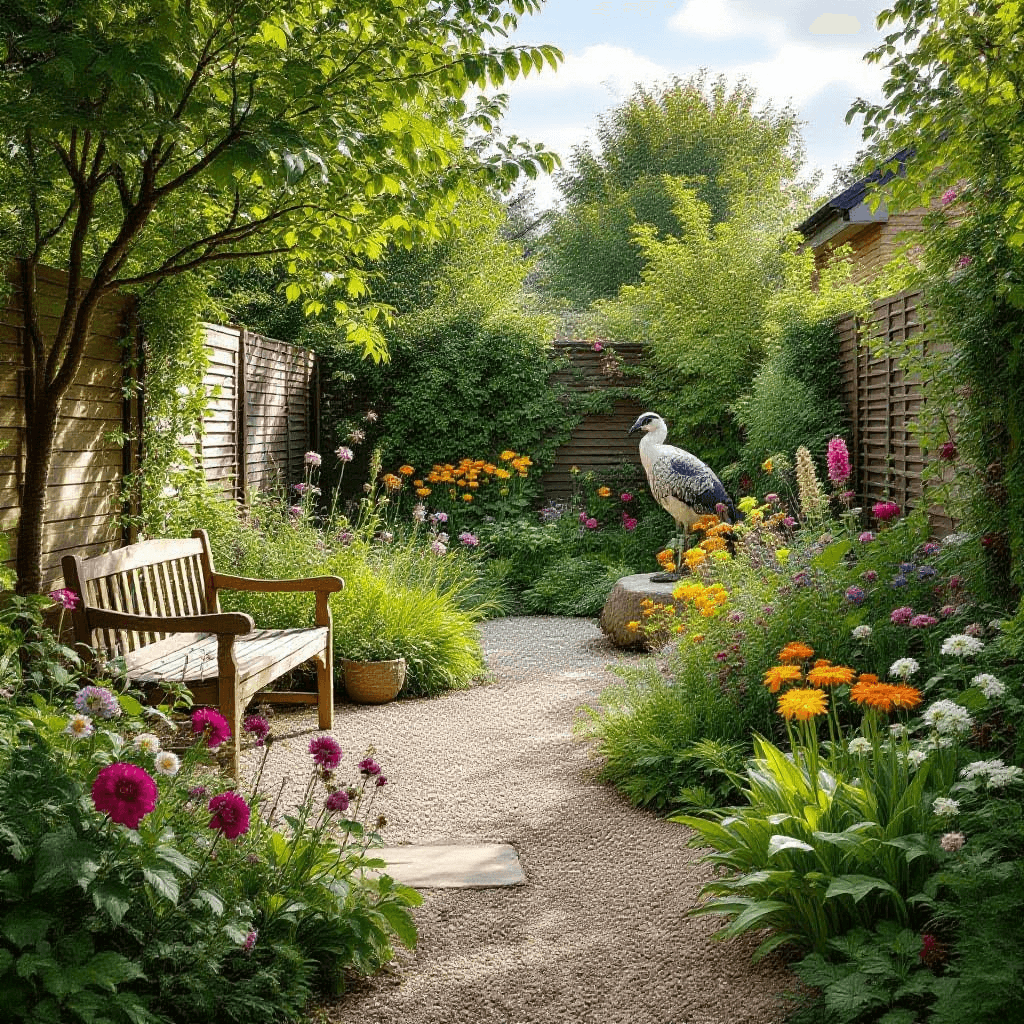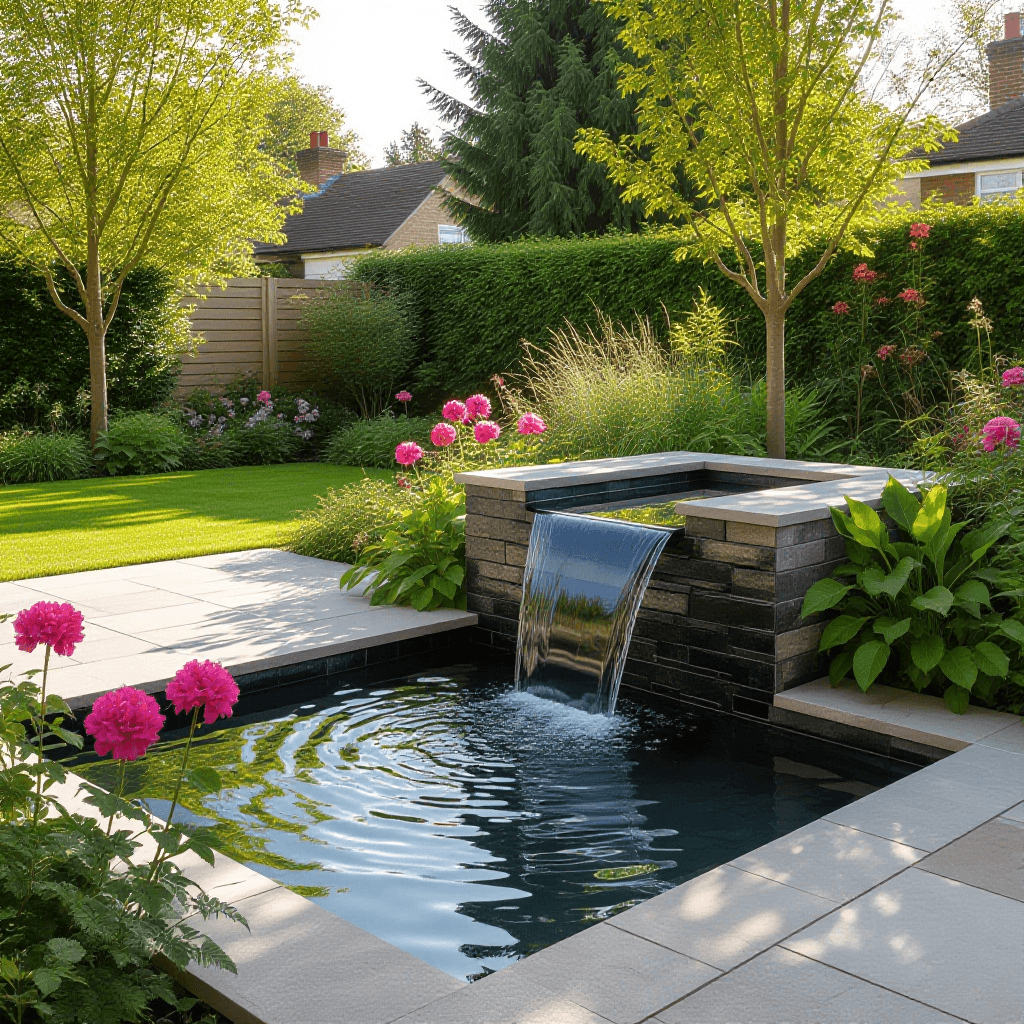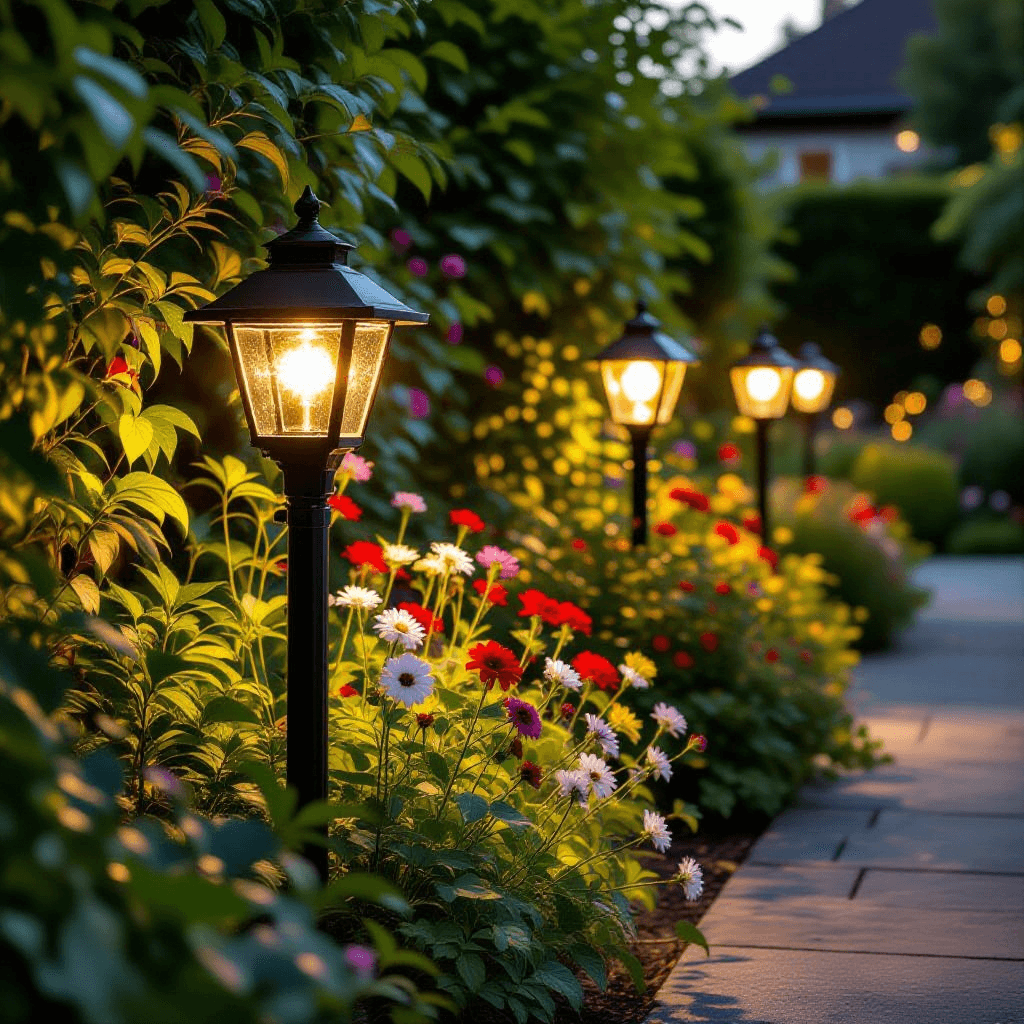Understanding the Importance of Wildlife in Gardens
The significance of incorporating wildlife into garden spaces cannot be overstated. Wildlife, including birds, bees, and various native species, plays a critical role in maintaining ecological balance. These creatures contribute to crucial processes such as pollination, seed dispersal, and pest control, which are vital for a thriving garden ecosystem. In addition, their interactions promote biodiversity, enhancing the overall health and resilience of local habitats.
Unfortunately, many wildlife populations are experiencing alarming declines due to habitat loss, pollution, and climate change. For instance, certain species of bees, which are essential pollinators, have seen significant reductions in their numbers. Similarly, bird populations have also declined, with many species facing threats from urbanization and the changing environment. By creating a wildlife-friendly garden, individuals can play an active role in counteracting these trends, offering sanctuary and resources for local wildlife. This restoration of habitats is crucial, as it provides food, shelter, and breeding grounds, thereby ensuring the survival of native species.
Furthermore, attracting wildlife to a garden can enhance its beauty and functionality. The presence of birds and bees adds vibrant life to the landscape, showcasing the interconnectedness of all living organisms. Gardens that support wildlife can often benefit from natural pest control, reducing the need for chemical interventions. Additionally, viewing and interacting with wildlife can foster a deeper appreciation for nature, inspiring greater efforts towards environmental conservation. Ultimately, creating a wildlife-friendly garden is not just an aesthetic choice; it is a vital step towards preserving biodiversity and encouraging ecological awareness within communities.
Designing the Perfect Habitat for Birds
Creating a bird-friendly environment in your garden involves incorporating various essential features that cater to their needs. One effective method is to install bird feeders, which serve as a reliable food source. Different types of feeders, such as tube feeders, platform feeders, and suet feeders, can attract a variety of bird species. For optimal results, consider providing a mix of seeds, including sunflower seeds, nyjer seeds, and peanuts, to appeal to diverse birds.
In addition to feeders, nesting boxes are crucial for providing safe places for birds to rest and raise their young. When selecting nesting boxes, ensure they align with the requirements of local bird species. Proper placement is also important; boxes should be sheltered from direct sun and rain, ideally mounted on a tree or pole a few feet off the ground to deter predators.
Water is another vital component in attracting birds to your garden. A simple birdbath or a small pond can meet birds’ hydration needs while offering a place for bathing. Regularly changing the water ensures it remains clean and appealing. Consider adding shallow areas and rocks for perching to facilitate ease of access for different bird sizes.
Planting native flora within the garden is essential for fostering natural habitats. A diverse range of plants provides food, such as berries, seeds, and nectar, while dense shrubbery offers shelter and a safe place for roosting. Hedges and trees not only serve as protective cover but also act as natural perching spaces. Incorporating plants that bloom at varying times throughout the year ensures continuous food availability for visiting birds.
Another crucial aspect of creating a bird-friendly garden is minimizing predation. Strategies include keeping cats indoors or supervised outdoors and ensuring open areas are free from perches that are conducive to hunting. By implementing these thoughtful designs, you will create a welcoming habitat that encourages birds to thrive in your garden.
Creating a Bee-Friendly Environment
Bees play a crucial role in our ecosystem as effective pollinators, significantly contributing to the reproduction of many flowering plants and the production of fruits and vegetables. To create a bee-friendly garden, it is vital to incorporate native plants that cater specifically to the needs of these essential creatures. Native plants are particularly beneficial as they have evolved alongside local bee species, providing an abundance of nectar and pollen during their blooming periods.
Ensure that your garden features a diverse array of flowering plants, as different species attract different types of bees. To support these pollinators year-round, consider planting flowers that bloom at various times throughout the seasons. For instance, early bloomers like crocuses and bluebells can provide essential resources in early spring, while late-season blooms such as asters and goldenrods can sustain bees as they prepare for winter. This variety not only enhances the aesthetic appeal of your garden but also supports bee populations through their active life cycles.
Creating habitats that serve as safe nesting grounds for bees is another critical aspect of developing a bee-friendly environment. You can establish bee hotels, which are simple structures comprised of hollow stems, woodblocks, or even drilled logs that provide solitary bees with spaces to nest. These hotels can be strategically placed in sunny, sheltered areas of your garden to encourage occupancy. Additionally, leaving patches of bare soil or undisturbed ground can support ground-nesting bees, as many species of solitary bees prefer to create nests in the soil.
Lastly, it is vital to adopt organic gardening practices that avoid the use of harmful pesticides, which can have detrimental effects on bee populations. Opting for natural pest control methods and encouraging beneficial insects can help maintain a balanced ecosystem in your garden, ultimately providing a healthy environment for bees to thrive. By creating a diverse, welcoming habitat for bees, you contribute to the preservation of these vital pollinators and promote a healthy garden ecosystem.
Incorporating Other Wildlife-Friendly Features
To create a truly wildlife-friendly garden, additional features can be integrated beyond native plants and bird feeders. One significant enhancement is the incorporation of pond habitats. A small pond can serve as a crucial water source for various species, including amphibians, insects, and other wildlife. The presence of aquatic plants not only beautifies the garden but also provides shelter and breeding grounds for frogs, toads, and beneficial insects such as dragonflies. Furthermore, maintaining a natural pond without the use of harmful chemicals supports the overall health of the local ecosystem.
Leaving portions of the garden wild can also promote biodiversity. By allowing areas to grow more naturally, small mammals, ground-nesting birds, and numerous insects can find habitats that cater to their needs. This practice supports a balanced environment, encouraging natural pest control as predatory wildlife flourishes. Creating brush piles or leaving fallen leaves can provide shelter and nesting spots for various creatures, serving as additional layers of biodiversity and habitat complexity in your garden.
Composting is another vital aspect of promoting wildlife health. Composting organic waste reduces landfill contributions while enriching garden soil with nutrients. This benefits not only the plants but also the myriad organisms that dwell within the soil, such as earthworms, beneficial bacteria, and fungi. Healthy soil supports robust plant growth, which in turn attracts more insects and birds, creating a thriving ecological network.
Furthermore, practicing sustainable gardening methods, such as water conservation, can significantly impact wildlife habitats. Utilizing rain barrels for irrigation and choosing drought-tolerant plants can cultivate a resilient garden that withstands climate fluctuations while providing sustenance for various wildlife. Organic gardening practices also play a pivotal role in reducing chemical usage, ultimately supporting a balanced ecosystem. By embracing these features, gardeners can transform their outdoor spaces into thriving wildlife sanctuaries.


